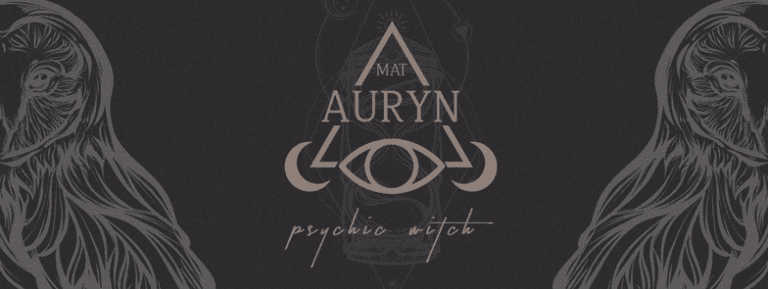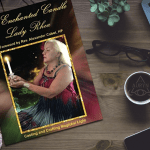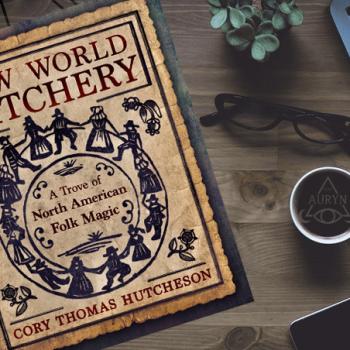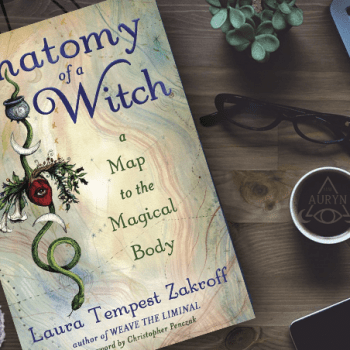
The word aura comes from the Latin word aurae which means a breeze. In Greco-Roman mythology, four gods personified the four cardinal winds. These gods were called the Anemoi. The Anemoi had daughters who were the nymphs of the breezes. These nymphs were called the Aurae. There was also the principal goddess of breezes who was named Aura. Aura and the Aurae were depicted in classical art as having a velifactio, which was a piece of fabric that would billow in the breeze behind them.
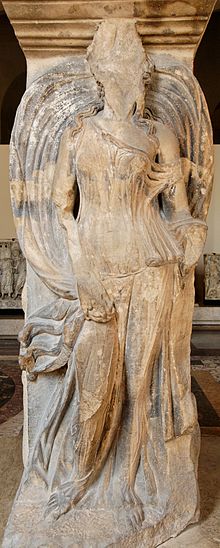
This velifacatio would frame around them in an egg-shaped layer, which is reminiscent of how the aura looks to the eye. The velifacatio represented celestial energy, or what we might call astral energy in modern times, as the word astral is rooted in the latin astra/astro/astrum which means connected to the stars. Later, the velifacatio would be depicted in art behind deities, royalty, and people of a certain quality of spiritual power. This is similar to how halos are used in art to illustrate a holy person, which is also a reference to the aura of a person. I’m sure you’ve heard the expression that someone has an “air about them.” This expression points to the idea of an aura that a person has.
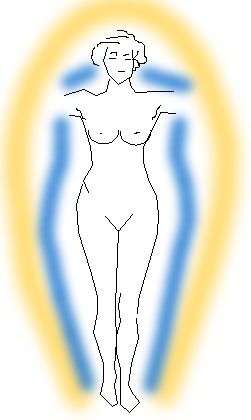
The word Aura is very similar to the word Aurora. Aurora was the goddess of the dawn, and her name means “morning light” or “dawn.” Aurora and Aura were conflated by Roman writers such as Ovid in the Metamorphosis. I think this gives another layer of meaning of why we use the word aura for the energy field. So not only is a non-physical “air” about a person that appears in layers, but it’s also colored light just as the dawn sky is filled with various colored lights all blending into one another, just as the aura around a person appears.
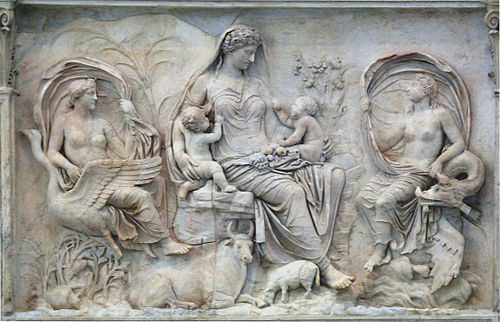
Connect With Me